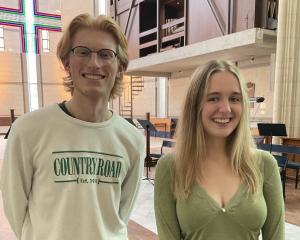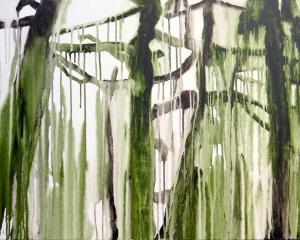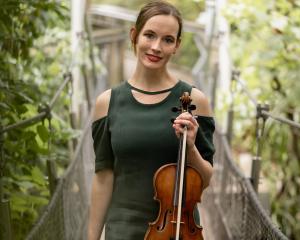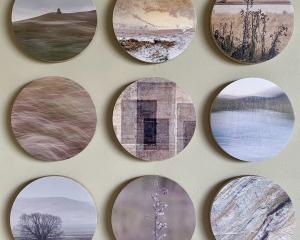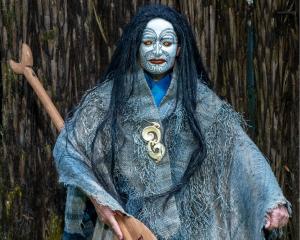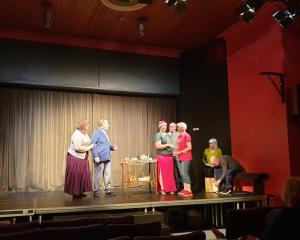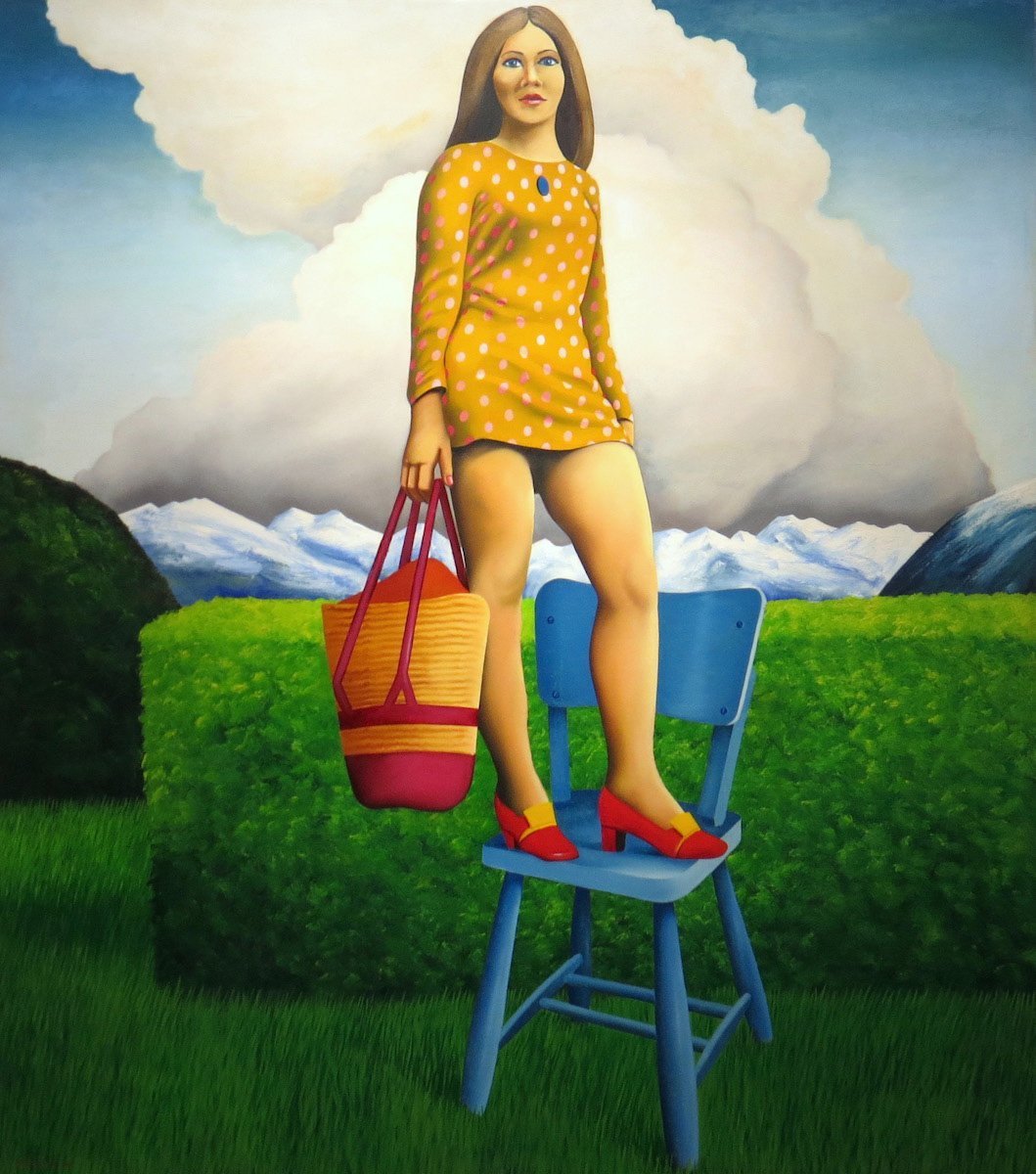
(Milford Gallery)
The 1960s were a time of massive progress and innovation in the arts worldwide, and New Zealand was not slow in producing its own fair share of impressive modern works by a new wave of artists.
At the forefront of this were artists such as Ian Scott, whose focus on a "new realism" within art produced work distinct from the then current, more painterly style of modernism. Scott’s work, along with that of contemporaries such as Michael Smither, has features of the New Realism movement pioneered in France, notably in its dismissing of any boundary between "high art" and the images of advertising and mass culture, and in its appropriation of scenes representing the "real world".
Scott’s work uses advertising images as a jumping-off point. Unlike the French school, which tended to remove the idea of a political or moral message in art, Scott’s images as presented at the Milford contain subtle commentary. This is particularly relevant in the case of Mini Skirt in which a young Māori woman in the latest Western fashion stands on a chair in a manicured garden. The tidy garden is visible in front of wild, untamed country, almost like a veneer of domesticity. Many inferences can be drawn from the possible parallels.
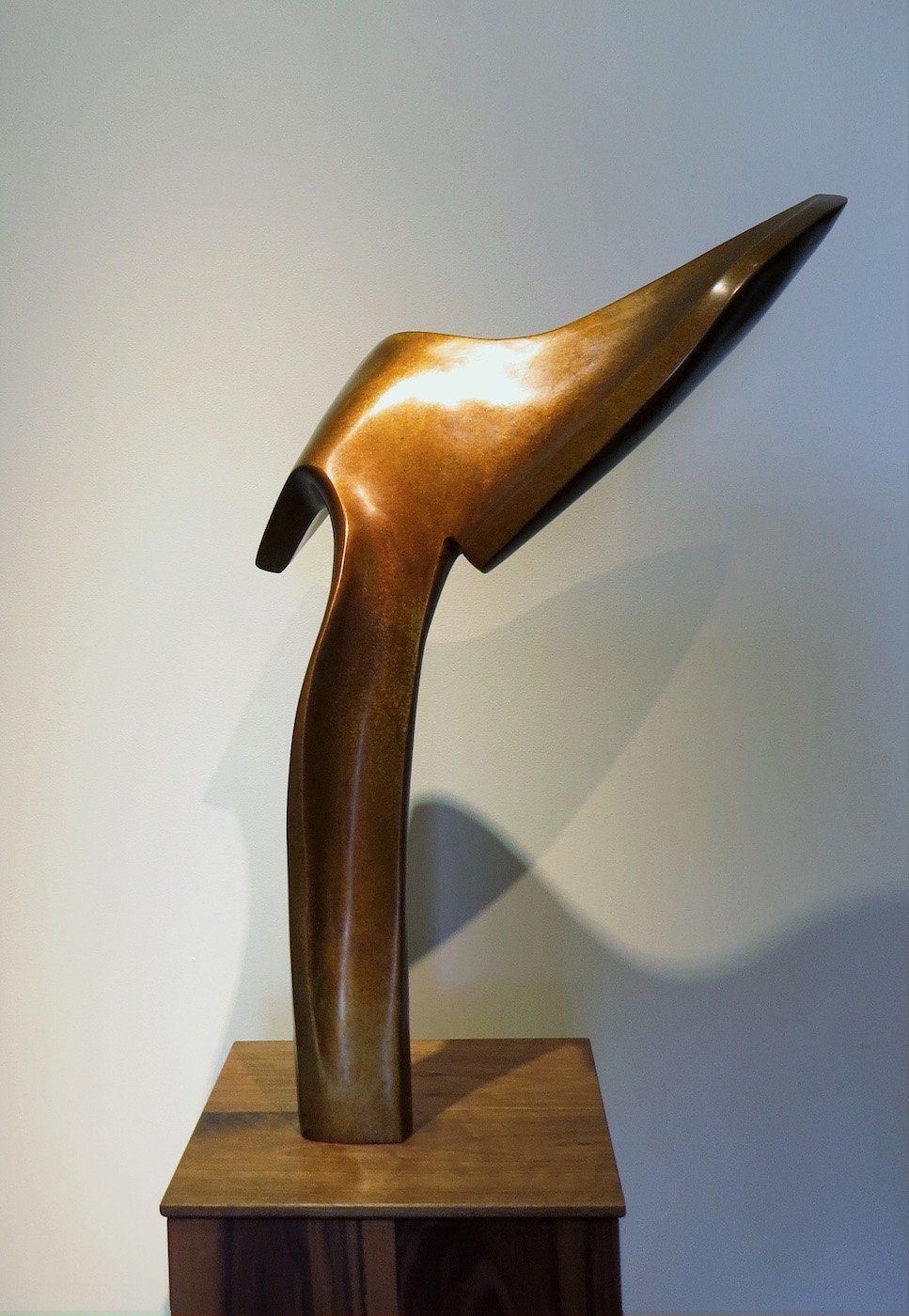
(Fe29 Gallery)
Fe29 Gallery is presenting an exhibition of sculptures by leading New Zealand metalsmith Tanya Ashken.
The works are predominantly amorphous abstract pieces, coming — as the exhibition’s title suggests — from the artist’s subconscious. The sinuous, sensual forms of works such as Golden Whale 2023 and Kore make it difficult to resist running your hands down their surfaces. In the latter piece — one of the most recent on display — the heavy patination and smoothly worked surface of the bronze make it appear much more like carved and polished stone than metal. In other sculptures, such as Polished Wave, the lustrous metal is all too readily acknowledgeable.
The works range in size from desktop pieces such as the henge-like Small Idol to large, free-standing pieces designed for exterior display. These include the intriguing Dogon Bird, a massive work inspired by traditional West African tribal art and appearing reminiscent of a dinosaur in its form.
The sculptures are all exceptional pieces, and form something of a retrospective, given that over half a century of the artist’s work — from the early 1960s up until the present day — is displayed. Alongside these pieces are a small number of embossed prints, each showing the same development of form as is apparent in the sculptures.
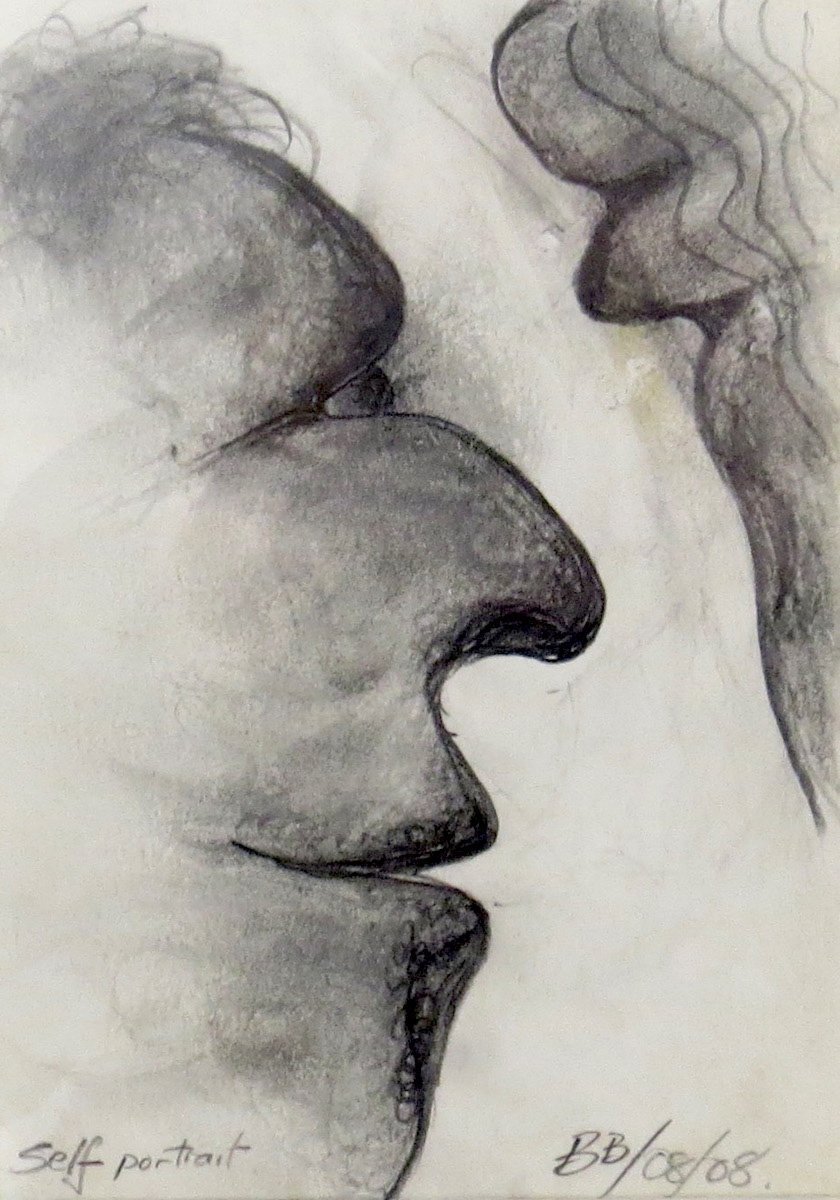
(Brett McDowell Gallery)
As the last days of a year run down, many galleries regularly resort to putting on a stock show under the guise of a Christmas exhibition. Brett McDowell Gallery has carefully walked the line between having what could be considered a stock show and a genuine group exhibition.
"Runcibles ii" combines older work in equal proportion with new, previously unexhibited pieces, simultaneously including a couple of works from artists not previously represented at the gallery.
Among the newer works, a series of ceramics by Kate Fitzharris takes centre stage. This Looking At Things As A Whole series presents five pareidolic forms, clearly shaped on earthenware vessels but giving the impression of slightly comical staring faces. In one case, the vessel is topped with a cheeky Celtic fertility fetish, a Sheela-na-gig. Other impressive newer pieces include a pair of mixed media works by Mark Braunias and three friendly miniature bone sculptures by Jane Dodd.
Of the older pieces, a wall hanging assemblage by Denis O’Connor is a strong work by an artist rarely seen in the south. Barry Brickell’s 2008 self-portrait, and a traditional Scandinavian-styled wool tapestry by Eunice Thessman are also both worth singling out for special mention and attention.
By James Dignan


